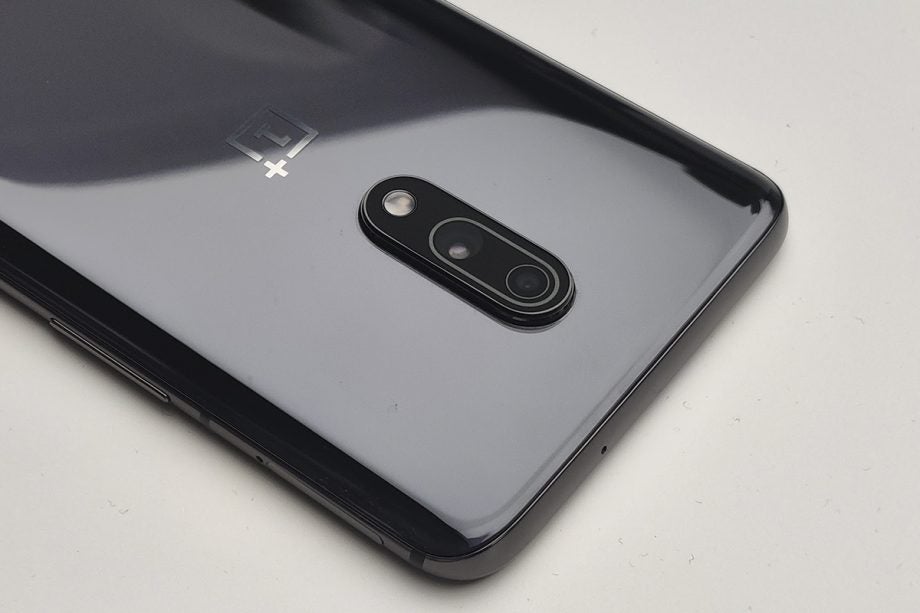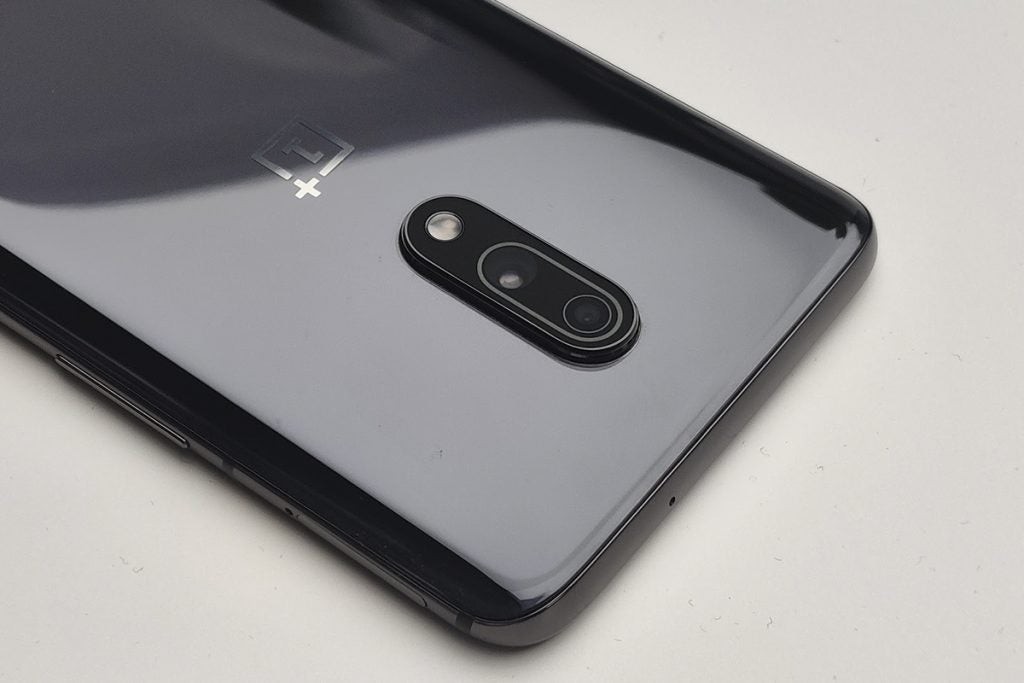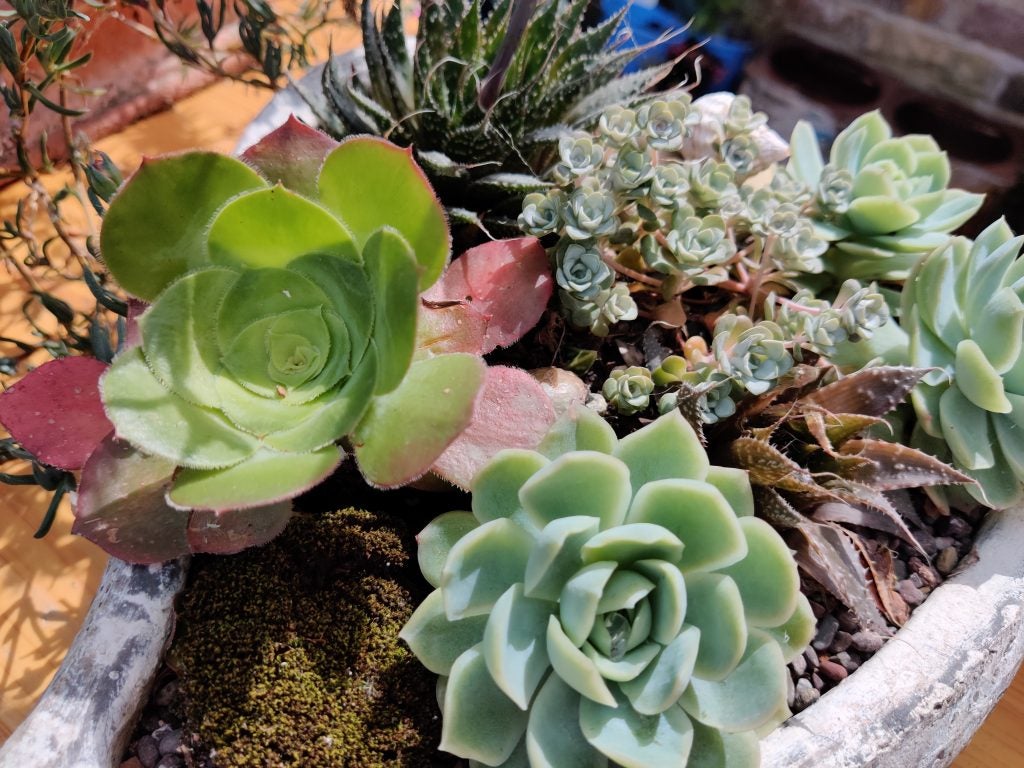OnePlus 7 Review - Camera Review
Camera
OnePlus 7 Camera

Sections
- Page 1 OnePlus 7 Review
- Page 2 Camera Review
- Page 3 Battery Review
- Page 4 Performance Review
- Page 5 Screen Review
Does the OnePlus 7’s camera come close to the Pro’s?
- The standard OnePlus 7 uses the same 48-megapixel main camera as the Pro, but unlike the Pro model, it’s only supported by a 5-megapixel depth sensor
- Software updates since the launch of the Pro have also improved the standard’s OnePlus 7’s camera
- Standout features like Nightscape mean this generation of OnePlus phones boast their best cameras yet
One of the most obvious differences between the OnePlus 7 and its more professional (if only in name) sibling, is the assortment of cameras on each phone’s back. Both lead with the 48-megapixel Sony IMX586 sensor that a number of other phones have employed this year (everything from likes of the Xiaomi Mi 9, to the Asus ZenFone 6 and the Samsung Galaxy A80).

As with these competitors (and the 7 Pro) the 7’s main camera uses a technique called ‘pixel binning’ to group the image data captured by clusters of four pixels and consolidates them into one.
This helps the camera resolve detail, take in more light, iron out image shake and more – all resulting in a final 12-megapixel image that should be clearer and sharper than if it was taken on a native 12-megapixel sensor. This is all supported by OIS (optical image stabilisation) and EIS (electronic image stabilisation) systems, along with PDAF (phase detection autofocus) and a pleasingly-wide f/1.7 aperture.
Related: Best camera phones
As for the phone’s secondary sensor, it’s a far more pedestrian 5-megapixel depth sensor, mainly employed for helping render background blur when using Portrait Mode. Unlike the main sensor, it’s a fixed-focus offering, with a narrower f/2.4 aperture but it does at least pack larger 1.12µm pixels.
It’s a little disappointing that OnePlus didn’t include at least one of the 7 Pro’s secondary snappers; either its telephoto or ultra-wide angle offering, similarly to the Samsung Galaxy S10e.

The make or break aspect of the OnePlus 7’s camera really falls to the amount of work the company has poured into image processing.
Despite its versatility, I was left underwhelmed by the underlying image quality when reviewing the OnePlus 7 Pro, but it looks like the company has spent the time between then and the launch of that phone working hard to improve base picture quality. As such, the OnePlus 7 (and by extension, freshly updated 7 Pros) offers a great all-round photography experience.

It offers an unquestionable improvement over its immediate predecessors, the OnePlus 6 and OnePlus 6T, which themselves already demonstrated more competent image handling from OnePlus’ photography team when weighed against their competitors at the time.

Expect accurate colours, respectable detail with support from the collective stabilisation technologies, not to mention a respectably fast shutter, plus pleasing dynamic range.

While most users will have little issue with the phone’s default 12-megapixel images, there is a notable uptick in fine detail if you instead choose to shoot at the phone’s full 48-megapixel resolution.
This option might prove to be a useful alternative to the zoom function, cropping in on a higher-res image after the fact, rather than pulling resolution away from a 12-meg original.
The trade-off is that with higher resolution, you sacrifice dynamic range. As you can see below, the brightest parts of the image are pushed to flat white when shooting at 48-megapixels, while there’s still plenty of colour depth and contrast when shooting in Auto.
As for the OnePlus 7’s low light credentials, this appears to be one of the biggest areas of improvement in the short time since the release of the OnePlus 7 Pro. While you’ll still encounter grain and noise in the darkest areas of frame, just as you would on any other phone (including previous OnePlus phones), the issue is far less prominent.
Detail capture has been improved, even when shooting in auto, however, the company’s updated Nightscape mode is a worthwhile inclusion that makes otherwise unwieldy low-light shots usable without much work, more competently approaching the capabilities of Google’s Night Sight feature.
Flip it on and dark scenes will adopt significantly better colour and dynamic range capture, while a lot of the aforementioned grain is reduced thanks to the heavier-handed image processing. In exchange, finer details are smoothed out, meaning cropping in on such images isn’t really an option after capture.
If you’re looking to put that secondary sensor to good use, the OnePlus 7’s Portrait Mode does a nice job of rendering your visage against an expertly-blurred backdrop.
Even without virtual beauty mode, there’s some definite skin-smoothing on display, which is tasteful to the point of avoiding looking artificial, while the mode also demonstrates a dynamic range with superior colour variation and higher saturation, especially across the face.
The bokeh around your subject shouldn’t appear too forced, however, the ability to adjust the strength of the effect at the point of capture, or after, would have been appreciated.
Note: Since compiling this review OnePlus has released yet another update which includes further camera improvements.


